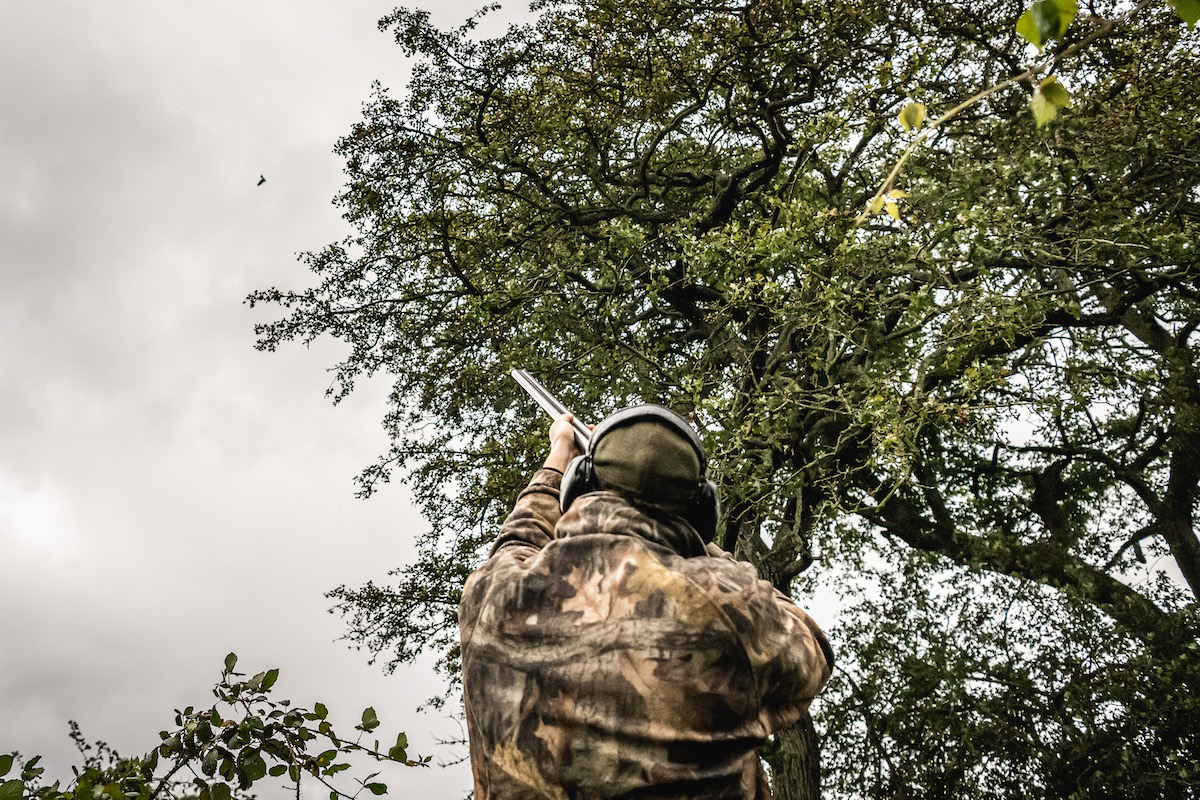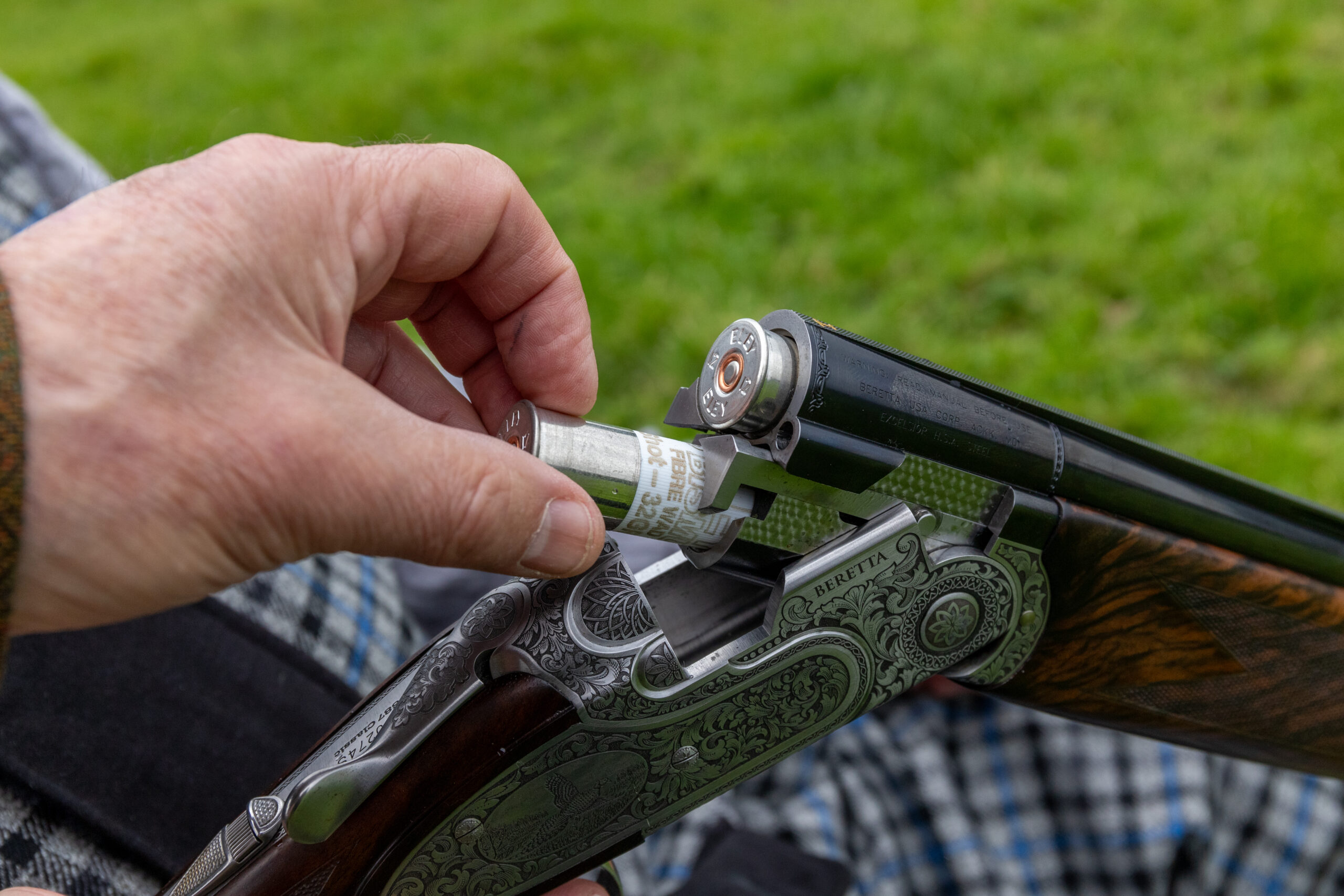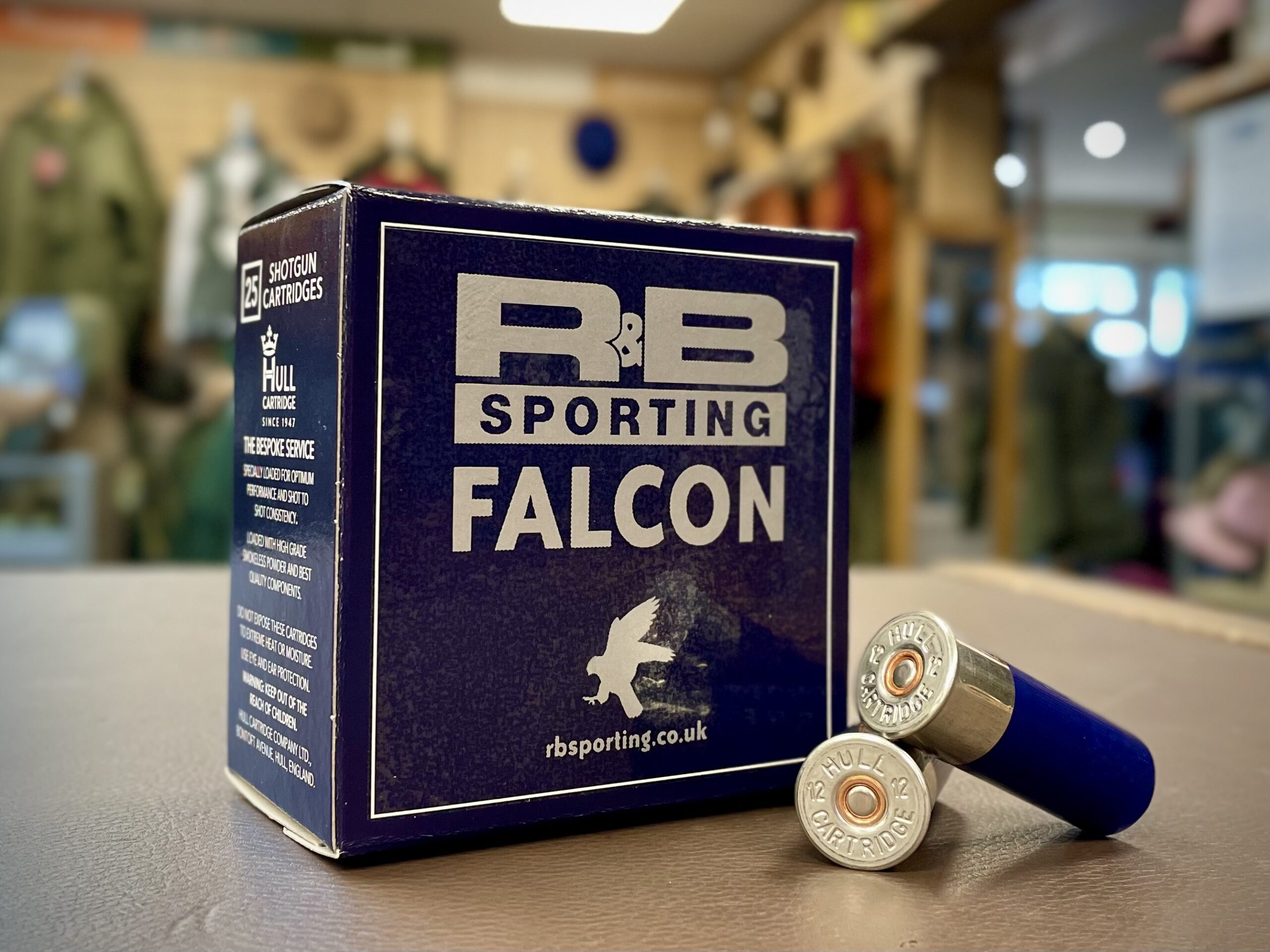Testing non-lead alternatives to steel: when steel won’t cut it
There are good reasons to try out non-lead alternatives to steel, writes Simon Reinhold

Simon tests the cartridges on pigeons over two days in three different guns
Lead has governed the sport of shooting since man first encased gunpowder in a steel tube and set match to it in the hope of downing his quarry. As with any change of premiership there is jockeying for position from the pretenders to fill the void left by the outgoing boss. Much has been said and written about steel shot both in support and in opposition, but little attention has been paid to those who either don’t want to shoot steel or find that their vintage guns with fine, damascus barrels can’t shoot steel (if you are following the current proof house guidance). (Read will my gun be safe with steel shot?)

The cartridges on test: the Bismuth from Hull Cartridge, Eley’s VIP Bismuth and the Bioammo Blue amalgam
Testing non-lead alternatives to steel
The old mantras that applied to the use of lead shot no longer apply in the new era and much as I understand that the ‘sustainable ammunition’ days that BASC has been running nationwide are designed to get people over the first hurdle — actually chambering a non-lead cartridge — whether these break clays is not of interest to me, of course they will, all of them. What matters to me is whether the products the manufacturers have put in front of us, the consumer, actually bring about a quick and humane end to our quarry. That for game shooting and pest control is surely all that matters.
Cartridge tests that don’t include hours spent poring over pattern boards and the data they generate have been described as unscientific and while that may be true, I maintain that we are at our best as hunting humans when science meets practical experience on the ground. It’s one of the reasons the GWCT is such an important body — it brings together all of that knowledge built up by sportsmen and gamekeepers through generations. By all means pattern test your chosen combination, but hand it to someone who knows what they are doing and has the time to do it properly. Amateur pattern testing can leave the average person confused, bewildered and fundamentally lacking in one of the crucial ingredients for game shooting — confidence in the kit they are using.

Some of the cartridges on test
Good indication
Pattern testing done properly gives a good indication of how a particular combination of gun, cartridge, choke, choke profile, forcing cone profile, and bore diameter perform with that cartridge on a piece of paper — not necessarily how your gun will perform with that cartridge. The same is true here.
These are my recent experiences with these cartridges, testing non-lead alternatives to steel, and it has not been a theoretical, paper exercise. They were shot at pigeons mostly flighting over two different days and with three different guns. I am now reasonably comfortable that I have a good insight into how they function in my equipment.
First into the breech were the 30g No 4 fibre wad Bismuth from Hull Cartridge Company. Through a 3in chambered side-by-side live pigeon gun with 5/8 and 7/8 choke (tight ½ and tight 3/4) that all cartridges were fired through on day one, their tendency to wound was disappointing. It may be that with this lighter load the pattern doesn’t hold up despite a significant degree of choke. In a 70mm case (no 65mm were supplied, although I understand they are available), it seems to suit neither the shooter of vintage damascus guns who is prepared to pay the asking price to carry on using their treasured gun, nor the committed game shooter looking for lead-like performance with acceptable recoil.

Eley VIP Bismuth cartridges are suitable for cherished older or damascus-barrelled guns
It was intriguing that with only roughly an 8% increase in pellet count from the 30g up to the 32g load from Hull Cartridge, performance increased markedly and both decoyed pigeon and birds on the flightline at around 35 to 40 yards were killed cleanly through both 1/4 choke and 1/2 choke from both side-by-side and the over-and-under used on day two. The first bird of the opening right-and-left was emphatically dead, with the second killed by a single pellet to the lung. The post-event autopsy confirmed what the single spot of frothy pink blood indicated in the field as a classic lung shot. The 32g did not feel overly punchy on the shoulder, which is to their credit, and I would be happy shooting these in any normal game shooting scenario.
As the decoying birds dwindled on day two, I moved back to the hedgerow bordering an old marlpit over which there were three different lines of flight. This was to try to confirm what I had suspected from day one, flighting pigeon back towards a town from the farm where they had been feeding: that the 34g No 3 Bismuth from Hull Cartridge is an excellent performer that can kill cleanly. Birds climbing high over mature trees in the gusty wind crumpled when hit with the retained energy of the larger pellet. Very often with this level of performance comes a trade-off of stinging recoil, but these were surprisingly comfortable to shoot. They would make an excellent high pheasant load and if you have booked that kind of shooting, you owe it to the bird to choose the most effective load you can find.
One of our clients at Holts was recently looking at a high-quality, classic Scottish over-and-under. It prompted a discussion about high-performance steel shot and how the gun he was clearly falling in love with was not proofed for their use. In the nicest possible way he reminded me that the cost of bismuth cartridges, while an important consideration for you and me, was not a factor that was going to influence his decision whether or not to spend £20,000 on a gun. I will have no hesitation in pointing him in the direction of these cartridges. He, as a user of a classic British-made over-and-under that will never pass HP steel proof, is exactly who this cartridge is aimed at.
 As the flightline continued over the pit through the rain showers I changed to Eley VIP Bismuth. This was supplied in a 67mm case making it relevant to my search for an effective non-steel, non-lead load for my old classic side-by-sides. Both the 28g No 5 and the 32g No 5 proved themselves effective at reasonable ranges. The 32g had the greater efficacy at longer range but with considerably more felt recoil through a turn-of-the-century Charles Boswell boxlock side-by-side. This gun is choked improved cylinder and 3/8 choke (tight ½) and was chosen as it mirrors many of the side-by-sides still in use today. Even with an open-choked right barrel, pigeons folded nicely at normal game shooting ranges and they would be a highly effective traditional game cartridge for those of us who like damascus-barrelled guns. The 32g is probably too much for lightweight, fast-handling, traditional game guns; it may be more comfortable in a heavier, 30in side-by-side.
As the flightline continued over the pit through the rain showers I changed to Eley VIP Bismuth. This was supplied in a 67mm case making it relevant to my search for an effective non-steel, non-lead load for my old classic side-by-sides. Both the 28g No 5 and the 32g No 5 proved themselves effective at reasonable ranges. The 32g had the greater efficacy at longer range but with considerably more felt recoil through a turn-of-the-century Charles Boswell boxlock side-by-side. This gun is choked improved cylinder and 3/8 choke (tight ½) and was chosen as it mirrors many of the side-by-sides still in use today. Even with an open-choked right barrel, pigeons folded nicely at normal game shooting ranges and they would be a highly effective traditional game cartridge for those of us who like damascus-barrelled guns. The 32g is probably too much for lightweight, fast-handling, traditional game guns; it may be more comfortable in a heavier, 30in side-by-side.

The 30g No 4 Bismuth from Hull Cartridge failed to impress Simon, but the 32g load gave a markedly improved performance
Spanish combo Bioammo Blue 25g No 6 is the second generation of this new amalgam from the Spanish creators of biodegradable plastic cartridge cases and wads. It is a combination of bismuth, aluminium, tin and zinc and on paper it sounds unlikely. The first pigeon killed with it astonished me, though. Coming fast downwind and from behind the canopy of the tree, I had to spin round to catch up with it with my heavier Browning Laminate but the 1/4 choke of the first barrel gave me a definitive result. It was a good 40 yards away and retreating fast and the post-mortem analysis showed three pellets had struck the lower half of the bird — one of them cleaving the heart in two.
I switched to the Boswell and discovered that the open choke regularly needed to be followed up with the second barrel 3/8 — it’s clear to me that it works best with more choke rather than less. The early version of this new shot was a 27g load and it simply wasn’t loaded correctly. The recoil was unbearable, even through a heavyweight over-and-under. The new version is far more forgiving to shoot — results fed back into the system of production from prototypes is how we move forward. If you are in the non-lead, non-steel market it is important that we each do our own research with these loads as guns and styles of shooting all differ.
Although the price of Bioammo Blue is less than half the price of bismuth, the cost of bismuth places it into the ‘specialist’ category. For most people standard steel will suffice for normal ranges, but for those of us with damascus barrels or guns of such value that we cannot countenance putting steel down them, there are alternatives to suit our purposes.

The second of the pigeons shot with Hull artridge’s 32g Bismuth load was killed by a single pellet to the lung








